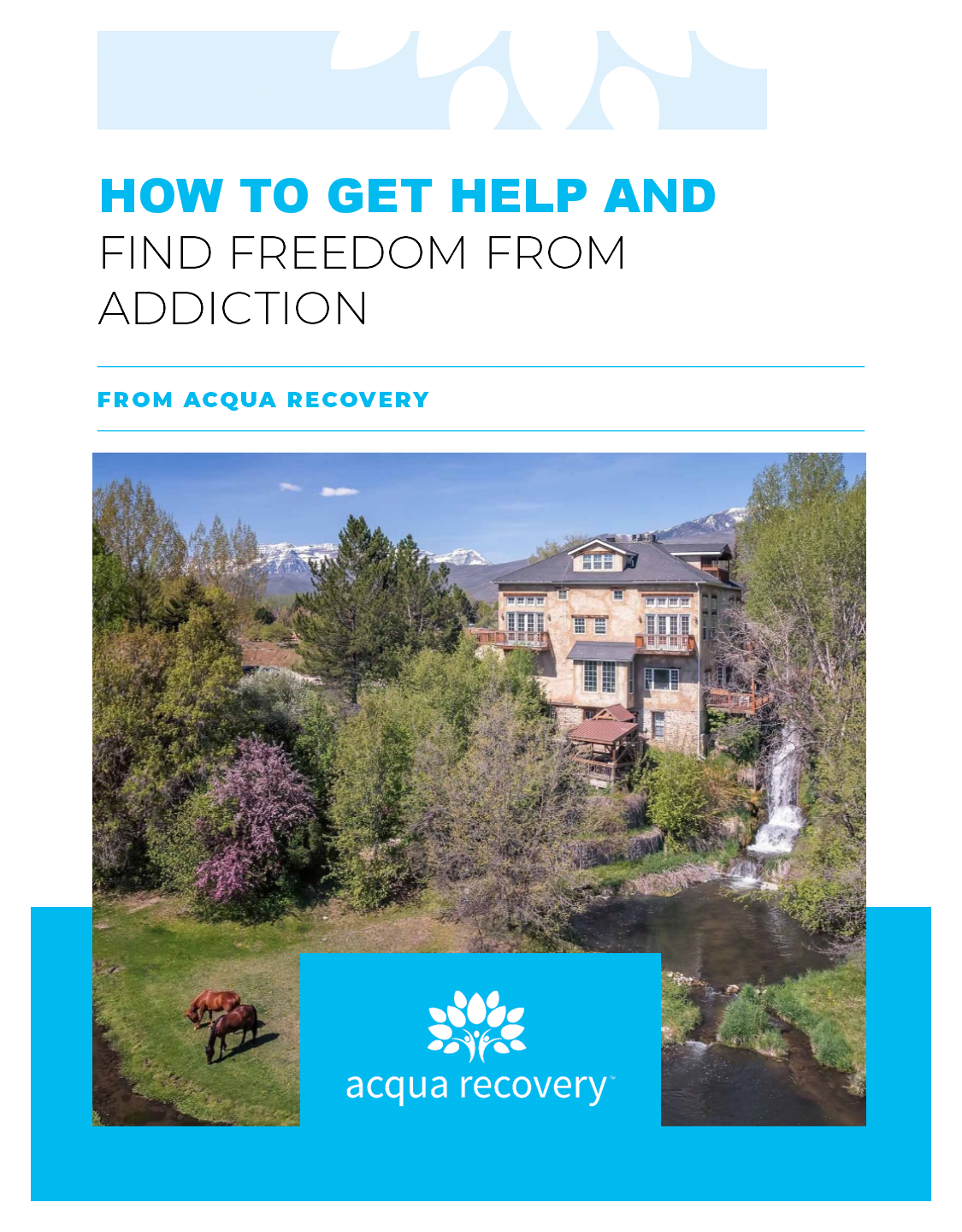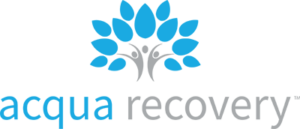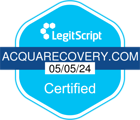A Message From The CEO
Drug & Alcohol Addiction Treatment in Midway, Utah

Dual Diagnosis Treatment
Is dual diagnosis treatment necessary, and what is it exactly? Dan Parrish, CEO of Acqua Recovery, has seen the power of such treatment firsthand. He explains how Acqua’s unique dual diagnosis program lays a foundation for lasting recovery.
In the addiction treatment industry, many professionals believe that we have been successful in identifying clients’ issues, including the root causes of drug or alcohol use. What I have found to be more accurate, however, is that while the industry has been able to identify the clients’ substance abuse symptoms, treatment professionals are rarely getting down to the actual cause of these symptoms. Once they identify a client’s symptoms, they work to identify coping mechanisms for those surface-level symptoms, never truly treating the issues at the core. In return, we see extremely high recidivism rates, calling it failure when an individual turns to drugs and alcohol to alleviate their suffering. Rather, the failure lies with the treatment protocols of the behavioral health industry at large.

Dan Parrish, CEO of Acqua Recovery

A Trauma-Focused Approach to Addiction Treatment
At Acqua, we often speak to our clients about core issues and use the metaphor of a tree to describe them: The branches are directly affected by the trunk growth and the trunk is directly affected by the roots system. Likewise, as children and even early teens, it is the lessons that have been taught to us by close family and friends — both explicitly and implicitly — that develops us into fully functioning adults. If we are malnourished in specific areas of our developmental growth, we become “top-rooted,” or lacking a firm foundation. That deficiency will later unmask itself as the inability to grow tall and stable. In most cases, a tree or an individual experiencing such a trauma will struggle to survive and thrive.
In terms of intrapersonal or social growth, early traumas or loss can lead to similar outcomes. After early trauma, we seek to alleviate emotional stressors through any means necessary. This can lead to the cultivation of a damaging social group or even substance abuse.
Historically, addiction treatment interventions have not addressed this reality: Self-destructive patterns are often the outward expression of inner emotional turmoil caused by a lack of a proper roots system. If we do not know how to verbally express our emotional issues, for example, we may try to self-medicate to alleviate those feelings.
It is only once a person starts to lose the things around them as a result of self-destructive behavior that we can visually see those deeper issues manifesting. It is only then that our peers notice there is an issue and call for an intervention. Surely, we can do better.
If we expect anything to change, we must change.
In fact, this statement is the basis of how Acqua Recovery was born.

The Medical Model of Addiction Treatment (no this does not mean medication)
Early on, we identified that roughly 70% of the clients at our residential center were coming in with diagnoses and medical treatment plans that were not consistent with the behaviors we were seeing on the ground.
This inspired our medical model of addiction treatment, in which we attempt to identify the addiction, understand the pathophysiological issues, and dig into the etiology. By adopting this process, we found that almost all our clients — including those with a history of treatment episodes — had never truly understood the underlying reasons for why they felt the way they did (the etiology).
This change in our treatment protocol was uniquely suited to helping them gain clarity. Clients started understanding how their early childhood trauma, loss, bereavement, etc. led to their loss of connection with the world — and ultimately, to their addiction.
Finally, they could understand the power of that first “a-ha” moment that may have come with using a substance. Put simply, the first use was a powerful moment because they felt reconnected again for the first time. Many call addiction numbing, but we believe that this is inaccurate. Instead, we believe that it is the substance abuse that helps a person “feel again.” Paradoxically, they feel sadness, happiness, love, and connection better under the influence of substances.
For that reason, once a client is detoxed from their substance of abuse, pathophysiological issues start to creep into their daily lives once more (anxiety, depression, etc.) That is when our connected, compassionate, and understanding team can become the key to someone’s success in a treatment center.
The client feels safe to express their true feelings and behaviors in our environment without feeling they will be rejected or punished. For example, when someone is upset, we do not immediately become fearful of that emotion. Instead, we connect with them on a level where they can begin to understand the true emotion lying underneath that anger. When someone is feeling sad, we do not try to immediately deflect and “cheer them up.” Instead, we take every opportunity to identify what triggered that emotion in the first place, exploring how they may have been “primed” to react and feel a certain way in the past.
These interventions may sound simple, but it is astonishing how rarely clients with past treatment episodes have experienced this with their providers. Once a client feels safe enough to outwardly express all their emotions that surface throughout a day, then we have a baseline and can get to work.

Addiction is a Disease
These reactions to triggering events may vary greatly from what one expects in a healthy, functioning adult. However, this is our center’s bread and butter. We use hourly reporting to take stock of a client’s daily behavior, and communicate findings across all departments, from our psychiatrists to our recovery coaches.
From there, our mental health counselors can start digging through the branches of the client’s pathophysiology to identify the etiology of individual work. These are then communicated to the team, which helps to re-diagnose our clients using their behavior patterns, and not just questions from a subjective standpoint. Our psychiatrists have a batch of data and an entire story that they can use to create their treatment plans, deciding if medication interventions are necessary. We can then stabilize, treat, and create long-lasting success for everyone.
As we now know, addiction is not the problem; it is the inability to process emotions — due to emotional dysregulation caused by adverse early childhood or adulthood experiences — that is the core problem.
If we can understand that an addict’s inability to process emotions is what causes relapse, we can then create key indicators of one’s decline in emotional stability and intervene long before a relapse happens. We can spot and treat the root long before the entire tree is infected. Instead, over time and through seasons, that tree may finally begin to bloom.
Addiction is a disease, and it will only continue to intensify until it is arrested with thorough and proper treatment. At Acqua Recovery, our dual diagnosis program includes customized treatment plans for every client, to help them begin the deep healing that will allow them to live a better life in recovery.










